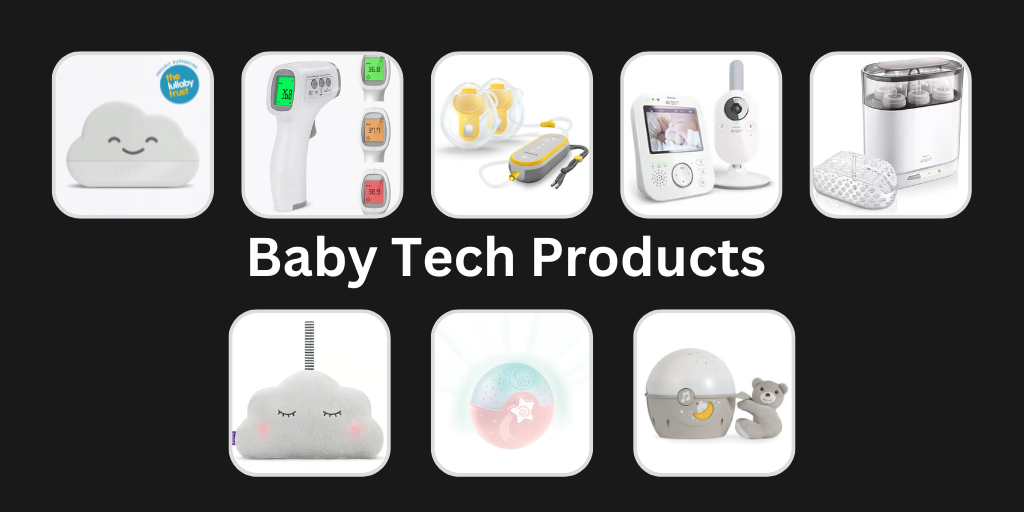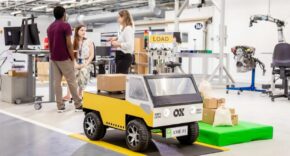
Dr Harro Stokman
Care homes in the UK have been struggling at the limit of their capacity for decades, and this comes at the detriment to both the physical and mental health of their residents and staff alike. Elderly care is intensive for nurses and carers, with many skilled workers ending up overworked. In the UK, the care sector has the highest staff turnover rate of all sectors, with one in three people leaving it every year.
The pandemic has shed light on the knife-edge upon which UK care homes have operated, even pre-Covid.
The care home workforce entered the crisis already under great strain, with a nursing shortage of 40,000 and social care shortage of 110,000 in 2018. Now, nearly half of care workers report that their mental health has declined.
Policies like lockdown and shielding to protect the most vulnerable have made life harder, not just on care home residents and their families, but on care home staff as well. Many of them made the admirable – but incredibly difficult – decision to cut off contact with their loved ones and isolate with residents, in order to best provide them with the safest possible care. But with a return of stringent measures on the horizon, where can decision makers in the industry turn to boost morale and protect staff from workplace burnout?
AI has huge potential to relieve some of this pressure, and to provide care services that can improve the quality of life for both patients and staff – while still prioritising preserving the dignity and privacy of those it helps. We can already see plenty of examples of AI assistance being used for elderly care in both residential homes and, increasingly, in care home environments, through systems that employ vital signal sign monitors, smart wearables, audio–video sensors, smart devices and smart TVs.
The sophistication of these systems can vary wildly from case to case. For example, the systems most commonly used to monitor elderly patients in care homes or medical facilities at night, when they are at their most vulnerable. Before the widespread implementation of domotics, patients would be checked on by care staff in person, perhaps several times a night, resulting in a lot of work for staff and a disturbed night’s sleep for patients. Then again, the fact that these checks would occur only once every few hours could leave patients experiencing difficulties alone for extended periods of time.
Maintaining daily records and incident reporting is one of the most time-consuming aspects of a carer’s job, and it is a task that neither uses their skills nor plays to the reason they entered the profession – to provide patient care. With proper data protection in place, data from smart devices and monitoring systems can be compiled into reports automatically, and even organised in ways that reveal trends. These trends can be as simple as a resident regularly adjusting the thermostat to be warmer, or using the bathroom more frequently at night – all information that would normally require unnecessary in-person contact to gather.
Motion sensors or pressure mats can help cut down on the amount of man-hours spent checking on people, but they are prone to producing false alarms. The ability to send alerts to staff in real time doesn’t mean that a motion sensor can tell the difference between someone rolling over in bed and someone falling out of bed. A connected camera system fixes this, but is a huge violation of a patient’s privacy. Having to constantly monitor multiple streams is also another unnecessary burden on staff when that time could be spent actually providing care.
The key to this problem is the advancement of AI technologies like computer vision and the ability to integrate it into existing systems. Visual sensors can provide very detailed information about a room and its inhabitants when combined with pattern recognition and machine learning techniques. With monitored camera systems, privacy is a concern for residents, but new methods introducing strict data storage and data deletion protocols mean images and video are never stored or seen by other humans; instead, text-based alerts are sent if a problem is identified, meaning patient privacy remains unviolated.
The benefits of more technology in care homes has been brought sharply into focus by the pandemic, but it is important to consider how it will be used beyond the current crisis. Care home professionals should ultimately be empowered to carry out their care work and ensure that residents’ physical and mental wellbeing is looked after, and not be bogged down in endless time-consuming checks that sophisticated AI could not only accomplish more easily, but also more effectively.
Most importantly, decision makers in care institutions need to consider how to balance the immediate challenges posed by coronavirus with the more personal support that staff provide to those in elderly care. In the long term, the focus needs to be on how technology can enable care staff to perform their core function of providing the best care possible, promoting the health and happiness of residents without impacting their safety and wellbeing.
By Dr Harro Stokman, CEO & Founder of Kepler Vision Technologies









